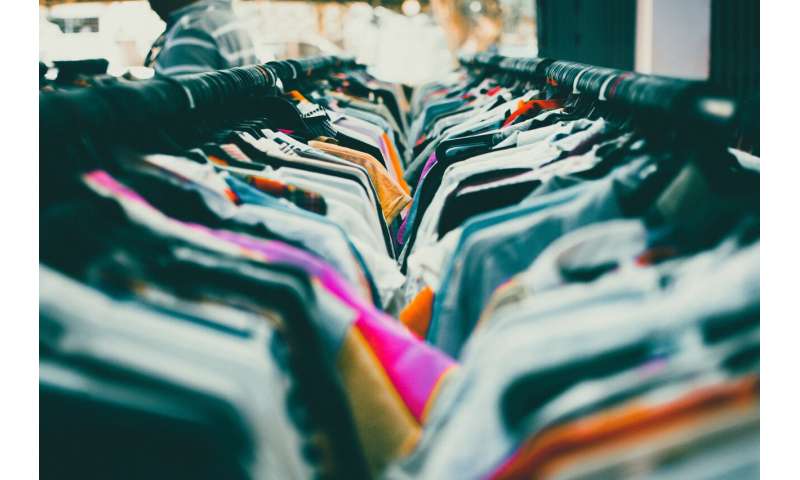The journey taken by our discarded clothes

We take our worn, torn and unwanted clothes to the clothing bank, assuming they will get a second chance. But what exactly happens with all those textiles? Antonella Maiello and her colleagues are researching who benefits and who suffers from "post-consumer textile waste."
Behind clothing banks, a whole industry lurks: much of the clothing that we throw away in the Netherlands is sold to merchants, mainly in African and Asian countries. The market traders who buy the clothing in bulk do not know exactly what they are getting. The garments are often unsuitable for sale, such as thick winter coats, but more often the clothes are of such poor quality that they go straight to landfill.
"Broadly speaking, we know what happens with our clothing waste," says research Antonella Maiello. "But there are big gaps in our knowledge when it comes to the quality and quantity of the exported materials and lacunae in international legislation. It is important we gain more knowledge so we can prevent waste colonialism—saddling other countries with mountains of waste from Europe."
Who is responsible?
The main question in the research is who the stakeholders in the export of post-consumer textile waste are. "What is waste to us is a new industry to others," says Maiello. "We don't know exactly how the cash flows: who benefits from this trade and what kind of international legislation should there be? The municipality is primarily responsible for textile collection and then national governments, waste management companies and recycling and haulage companies play a role."
"We are studying who exactly the actors are and who is responsible for what. The first step is to map this network with other Leiden researchers during a workshop in the Netherlands, with everyone focusing on a sub-question from the study. I'm mainly looking at waste colonialism from the perspective of the recipient," she explains.
"I've been studying waste management since 2016 already, initially in Brazil. I was worried about waste from a young age because hazardous waste from all over Europe was dumped in the south of Italy, where I grew up."
Buy less
Even though the research into the exact route our clothing waste takes is not yet complete, conscious consumers can already help reduce the waste mountain. "Above all, buy less and if you do buy, buy better," Maiello advises.
"Look at the label to see what material it is made from. Try to swap clothes that you no longer wear or bring them to a thrift store. And if something is really worn out, it's better to throw it in the household waste rather than the clothing bank. Then it will at least go into the incinerator here rather than be burned out in the open in a low-wage country."
Provided by Leiden University